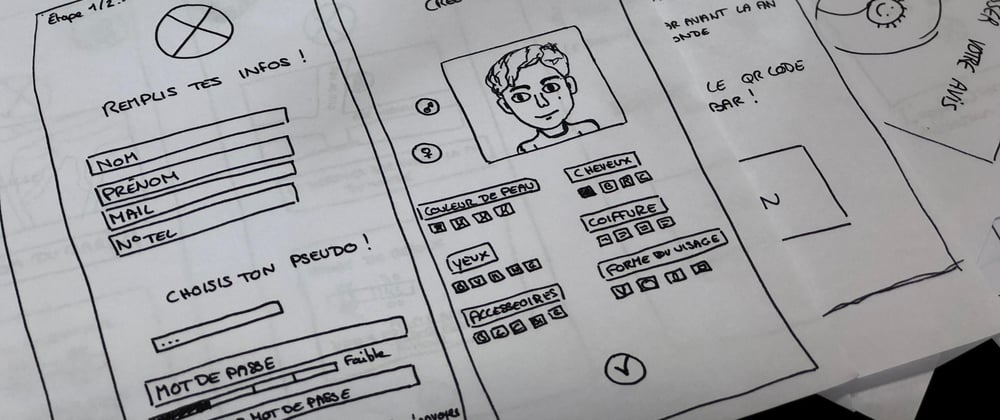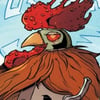Writing good independent user stories is not as easy as it looks. Let’s take a sneak peek at these three stories:
As Bonface, I want to write a better story, so that my readers can understand user empathy
As a Product Owner, I want to write at least one-story example, so that my readers can understand user empathy
When I write my story online, I want to capture atleast one detailed example, so that my audience can be confident in user empathy
If you are still wondering what the heck are user stories or job stories, don’t worry. We will get into details in a short while. First, which of the three stories is estimatable? Which is better written, if any ? Which story relates to you better? How would you write your own version? I am experimenting and would love to hear your thoughts and suggestions
When I think of a user story, what comes to mind is role, function, and business value (As a …, I want to … So that …); on the other hand, whenever I envision a job story, what strikes me is situation, motivation and user’s outcome (When I …., I want to …, So that I …). While these two perspectives of user design process seem almost similar, they are not. However, they do complement each other and we can still extract some value. I know most people would make valid arguments on pros and cons. I welcome some feedback.
As you may have noticed, I inserted a named persona in my first story but made second story more specific. This was intentional, just to trigger any biases as would, for most personified user stories. Because personas are hypothetical archetypes of real users, it’s pretty easy to have our intuition take over judgement of the intended user goals.
So why are they different?
Teresa Torres in her blog, User stories aren’t as simple as they seem, highlights the 6 tenets of a good user story, using the INVEST acronym; Independent, Negotiable, Valuable to customer, Estimatable, Small, and Testable.
The biggest problem in any user design process today is our own biases, as innovators, product managers or product developers. Our quick judgement to propose solution rather than looking at what the user really wants to achieve. This makes a clear cut as to which story takes precedence. This year when I started to envision the concept behind JTBD, my perspective of user goal has even been illuminated three times better.
Job stories, just like the real information of the hypothetical users in user stories, are based on real people; they require user research beforehand. The beauty about job stories is, they are outcome based and not just functional. In addition, there's more context on the situation. Remember if you acknowledge the user's pain, you're Sympathizing for the user(I feel for you) not Empathizing with the user(I feel with you) 🦄. To empathize you have to first understand the frustrations, needs, motivations.
As a final thought, I ‘d suggest thinking about what Yvette Francino, an Agile Consultant once said, “...good user stories are those written from user perspective than from developers view”. Whichever story route you take, be it user stories or job stories, focus less on the function and more on the outcome! If the story is big, slice it! Because the philosophy of JTBD is about causality, anxieties, and motivations, I always challenge my way of thinking to look at better ways that can embrace customer empathy; I am still learning and still hope to get better!
If you have any feedback that can be helpful, please don't hesitate to connect with me and message via my Linkedin
Happy story telling!







Top comments (0)